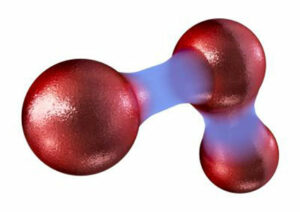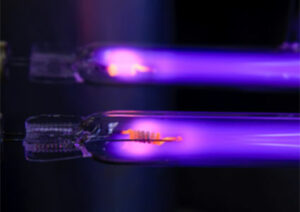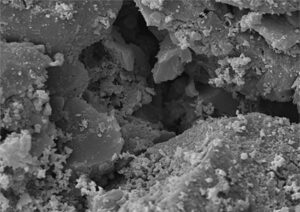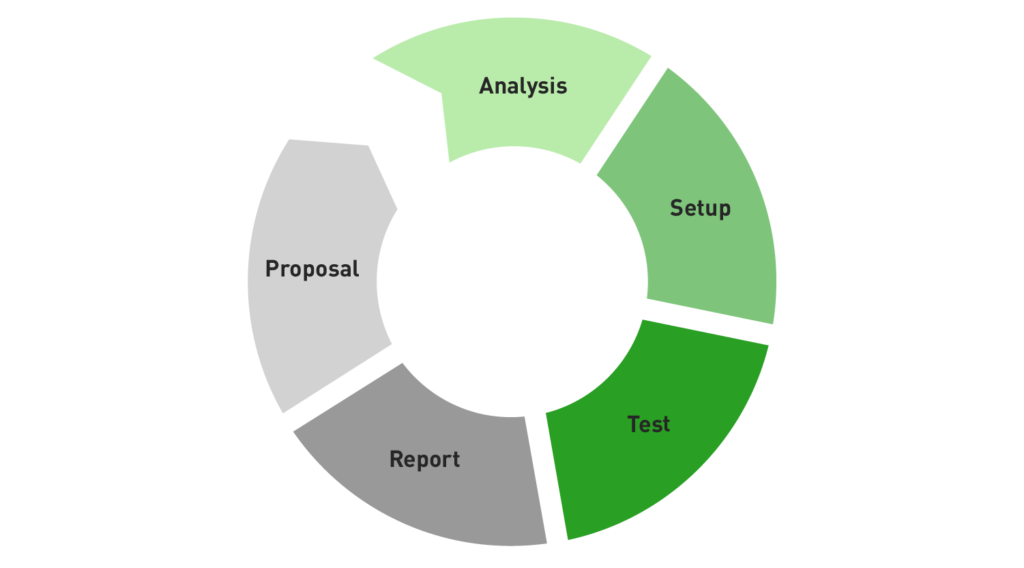Tailored pilot projects for air treatment
Tailored pilot projects to optimize air treatment solutions
Effective treatment of industrial air emissions is a very challenging task. Each process is unique and so are the emissions coming out from the stack. It can be easily understood that one single product cannot solve every case, especially for large air flow with tough requirements. Great savings can result from a process investigation and optimization, avoiding the risk of sub-optimal or non-effective solutions.
In-house pilot tests are the optimal way for improving the design of a complex air treatment solution. The field conditions can be reproduced sharing benefits typical of lab tests, including low costs and highly controllable conditions.
Our solution
In our facilities in Stockholm we are proud of having one of the most advanced test skids for evaluating pilot solutions for industrial air cases. It can test various conditions, representative of many industrial cases, using the most advanced oxidation techniques in a modular approach. The three most promising oxidation technologies are included in the pilot
Ozonation
Oxidation via ozone.
Advanced Oxidation Process (AOP)
Oxidation via hydroxyl radicals.
Catalytic Oxidation
Oxidation via catalysts and ozone.
Each treatment stages can be applied either stand-alone or in combination with the others, testing the process synergies.
Our method
We take good care of all the steps of the investigation, in collaboration with our customers. Our method follows the five steps below.
1. Analysis
We analyze the air emissions of the real industrial case. Using state-of-art equipment we can detect even the weakest traces of pollutants. Whether they are VOC, H2S, ammonia or particles, we have the right instrument to measure all ranges.
Knowing the concentration of the pollutants is a fundamental requirement both for setting up the pilot tests and for designing the full-scale solution.
2. Setup
We reproduce the field conditions in our in-house facilities based on the air analysis. The air flow is adjusted to be representative, matching also humidity and temperature values. We then feed the air pollutants from a gas mixture specially prepared with the same type of compounds found in the real case.
Before each test we start up the system, checking the proper functioning of each component.
3. Test
This step is the core of our method. We can run a large number of experiments, evaluating the performance of each technology, in relation to the others. Special attention is given to the requirements of the customer and to the process cost-effectivity. Since the pilot test may result in the design of a full-scale solution, we consider also the costs for the investment and operation of an eventual installation.
4. Report
All information collected up to this step are processed and presented in a professional report. The effect of each treating technology – ozonation, AOP or catalysis – is clearly evaluated, presenting how the requirements from the customer can be met. The report includes relevant conclusions generalizing the pilot study, connecting back to the real industrial case.
5. Proposal
If requested by our customers, we include a proposal for the solution of the industrial plant. Using the results from the pilot study, the design of the full-scale purification system becomes easier, as many important variables are investigated during the experiments. As a result, each parameter of the solution is fine-tuned, meeting the requirements with the lowest investment and operating costs.
We are confident that we will deliver what we promise, as we have already tested the proposed solution.
Applications and industries
We designed the test skid to be used in a broad range of applications. We can test the removal of odors as well the abatement of specific gaseous pollutants such as VOC, NH3 or H2S. We also have the possibility of testing disinfection applications, evaluating the log reduction of sample bacteria on air or surfaces. We are also open to custom-made projects upon request.
With the pilot tests, we can solve air problems for many industries, see some examples below.





